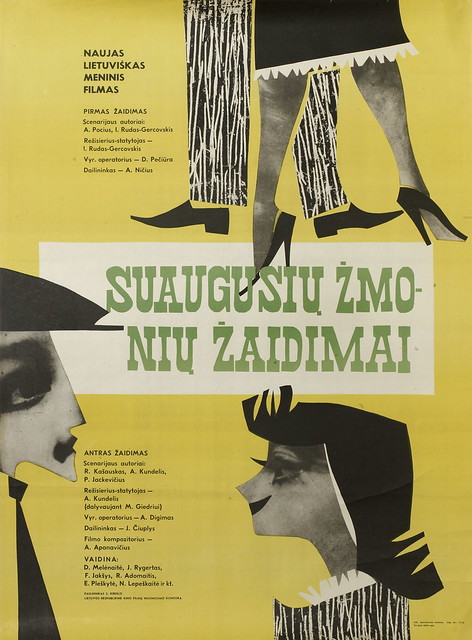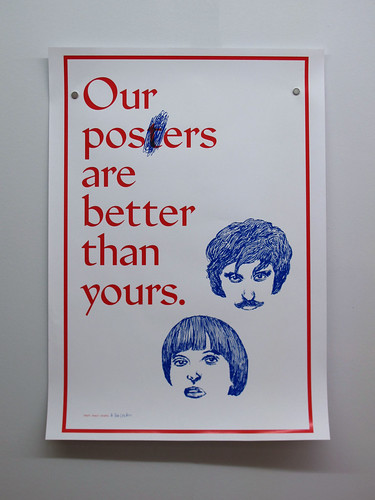So I've been working on my (not-so-)mini portfolio for what feels like forever now, and it's almost done. Given our discussion about printing them recently, I thought I'd share some of what I'll be doing.
Here is my cover:
This incorporates my personal branding, which extends to this blog, my (future) portfolio website, my resume, business cards, personal letterhead, etc. It felt pretty vain at first to devote all this time to branding, but if it will help me stand out and get a job, I suppose I can't complain. Just to clarify the above image, it is set up to print on the Espresso Book Machine (though I cropped the bleeds). As such, it is set up in landscape with the back cover (left) and front cover (right) as well as the spine in a single document.
The branding style established here is scaled back within the actual portfolio pages, which incorporates Trade Gothic Bold but does not use the apple logo so as to avoid distracting from the designs within the book. That said, the branding idea, which is meant to suggest skill with both words and art, will be fully realized on my website. I plan to expand upon the "A is for Aaron" rather than "A is for Apple" idea by executing the same idea but with Bio, Contact, Design, Editing and Film sections — the alphabet was very helpful to me there. For example, in B is for Bio, there might be a banana that you peel to reveal information about me. In C is for Contact, I'm envisioning a cat sitting at a computer typing an email with active an active link that allows you to email me.
I know this whole thing sounds pretty hokey right now, but I think I can execute it well enough that (what I think is) the clever thought process will come through. As for size, the book is 7.5" wide by 8" tall, which I chose to accommodate the shape of Vox pages. As the cover suggests, I will be including editing and writing clips as well as design clips because I feel each area is strong enough to warrant it.







